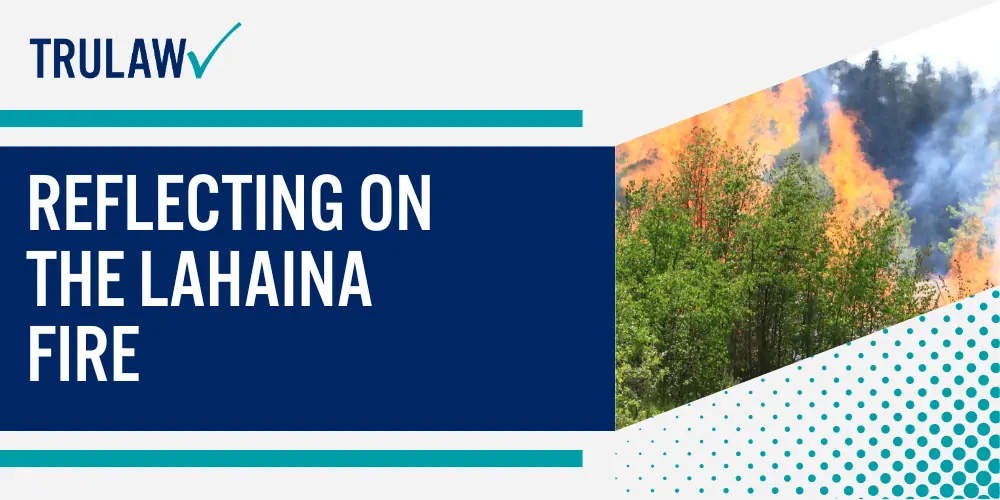The Lahaina wildfire was a devastating event that forever changed the landscape and community of Lahaina, began under circumstances that remain a topic of ongoing investigation.

Origin and Spread
The exact origin of the fire remains under investigation, with authorities working tirelessly to determine the initial cause.
However, the conditions that allowed the fire to spread so quickly and extensively are well-documented.
Dry conditions, coupled with strong winds, created the perfect environment for the fire to thrive and spread.
Battle Against the Flames
Over the course of several days, firefighters, both local and from surrounding areas, waged a relentless battle against the flames.
They were aided in their efforts by local communities, who came together in a remarkable show of solidarity and resilience.
Role of Local Authorities
Local authorities played a pivotal role in managing the crisis.
They coordinated firefighting efforts, ensured the safety of residents, and provided timely updates to keep the public informed.
Their efforts were instrumental in eventually bringing the fire under control and minimizing the potential for further damage.
Here are some key points to note about the narrative of the Lahaina fire:
- Uncertain origin, rapid spread: The fire’s origin remains a topic of investigation, but the rapid spread, fueled by dry conditions and strong winds, is well-documented.
- Community response: Firefighters, aided by local communities, battled the flames over several days, demonstrating remarkable resilience and solidarity.
- Role of local authorities: Local authorities were instrumental in coordinating efforts, ensuring safety, and providing timely updates.
This narrative of the Lahaina fire provides a glimpse into the challenges faced during the event and the concerted efforts made to overcome them.








